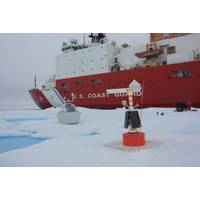
US Coast Guard Cutter Healy, Scientists Deploy Ice Stations
are individual components of a greater project, the Arctic Mobile Observing System (AMOS), a network of robotic oceanographic instruments making years-long autonomous observations of ocean and sea ice physics.The science party, headed by Dr. Craig Lee of the University of Washington’s Applied Physics Laboratory is comprised of the foremost leaders in the field of oceanographic science.“The ONR AMOS program focuses on developing technologies for making continuous, long-term scientific observations of the Arctic marine environment,” said Lee. “The partnership between the U.S. Coast
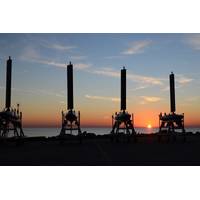
Autonomy: Sun, Sail & Subsea – Not a Holiday, but a Hybrid UxV Platform
community. In 2018, true to this goal, the first Submaran (it’s initial name) mission saw it sampling seawater for harmful algal bloom (HAB) cells and toxins off Washington, as part of a pilot project. In 2020, this led to a full project, with the University of Washington’s Applied Physics Laboratory and other partners using National Oceanic and Atmospheric Administration funding to improve early detection and modelling of these potentially harmful cells and toxins, reaching offshore areas using an autonomous vehicle in weather conditions too extreme for small boats. That year, the
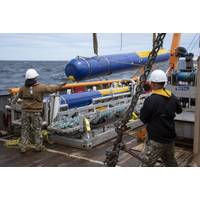
Subsea Defense: Navy Deepens Commitment to Underwater Vehicles
known underwater gliders. Gliders are extremely quiet, and come up to the surface and extend nothing more than a very small antenna for a very short time. This is advantageous for covert operations, or for detecting and tracking marine mammals.The University of Washington’s Applied Physics Laboratory and School of Oceanography uses a fleet of Seagliders to conduct long-duration collecting ocean conductivity-temperature-depth (CTD) data and sending it to shore in near-real time via satellite data telemetry. The Seaglider program is funded by the Office of Naval Research (ONR)
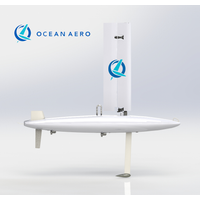
NOAA Awards $1 Mln to Enhance, Operate ASV for Remote Sampling
autonomous surface vehicle (ASV) to augment HAB sampling at remote offshore locations on the Oregon and Washington coasts.“Harmful Algal Blooms can cause severe environmental, economic, and societal damage, and the water sampling system we are developing with the University of Washington Applied Physics Laboratory (UWAPL) increases the ability to detect and mitigate the effects of HABs,” said Neil Trenaman, Executive Vice President of Strategic Business Development at Ocean Aero. “NOAA, IOOS, and the other partners in this program are demonstrating scientific leadership by incorporating

Measuring the Hostile Ocean Beneath Hurricanes
places. Oceanic properties such as water current velocity, temperature, and salinity must be measured not only throughout the water column but before, during, and after the storm’s passage.A variant of the APEX float—the Electromagnetic Profiling float, EM-APEX, developed with the Applied Physics Laboratory, University of Washington—is well suited for collecting this essential information. Besides measuring water properties, this device records profiles of water current velocity. The EM-APEX measurements exploit motionally-induced electric fields that arise when sea water moves through
MassTech Grant Will Connect Ocean Entrepreneurs with WHOI
in marine innovation. The Forum’s keynote panel focused on the topic “The Future of Ocean Innovation,” and was moderated by Dr. Jim Bellingham, Director of the WHOI Center for Marine Robotics. The panel featured Dr. Tom Curtain, Senior Principal Research Scientist at the Applied Physics Laboratory at the University of Washington & Senior Fellow at the Institute for Adaptive Systems; Christine Fox, Assistant Director for Policy and Analysis at Johns Hopkins Applied Research Laboratory; and MassTech’s Carolyn Kirk, who announced the new grant during her remarks. Facilities
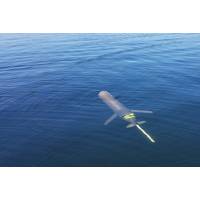
Exocetus Delivers Glider to Johns Hopkins APL
Connecticut-based Exocetus Autonomous Systems said it has delivered its first MOD2 Glider to Johns Hopkins University Applied Physics Laboratory (APL). The vehicle was purchased as part of an internal research and development project which intends to explore a diverse set of applications for the vehicle.“Johns Hopkins APL was looking for a vehicle that could provide endurance and easy modification, and the MOD2 Glider was the only vehicle out there that provided those capabilities,” said Joe Turner, Exocetus COO & General Manager. The delivery took place at the end of July
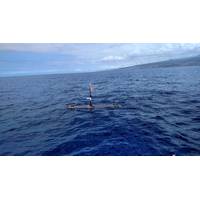
Wave Gliders to Study Arctic and Southern Oceans
robots called Wave Gliders as a sensor platform to conduct advanced scientific research in inhospitable and remote regions of the Arctic and Southern Oceans.Using Liquid Robotics’ wave and solar powered Wave Gliders, scientists from Scripps Institution of Oceanography (Scripps) and the Applied Physics Laboratory of the University of Washington (APL-UW) will obtain real time data and rare insights into the dynamic conditions that drive the world’s weather and climate. This data is critical for scientists to understand and improve global ocean weather modeling and climate prediction.The oceanographe
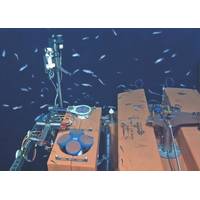
ADCPs: Action in OOI's Cabled Observatory
periods. Some supply continuous real-time data via a cable connection to shore. A prime example is the Cabled Array in the NE Pacific Ocean. This observatory is part of the Ocean Observatories Initiative (OOI), funded by the US National Science Foundation (NSF). Engineered by the Applied Physics Laboratory / University of Washington (APL / UW), the Cabled Array uses dedicated telecoms cables. They provide a high voltage supply and high-speed communication links to nodes as far as 500 km from shore. Besides its high-tech infrastructure, the Cabled Array holds 150 instruments. Included
 December 2025
December 2025





